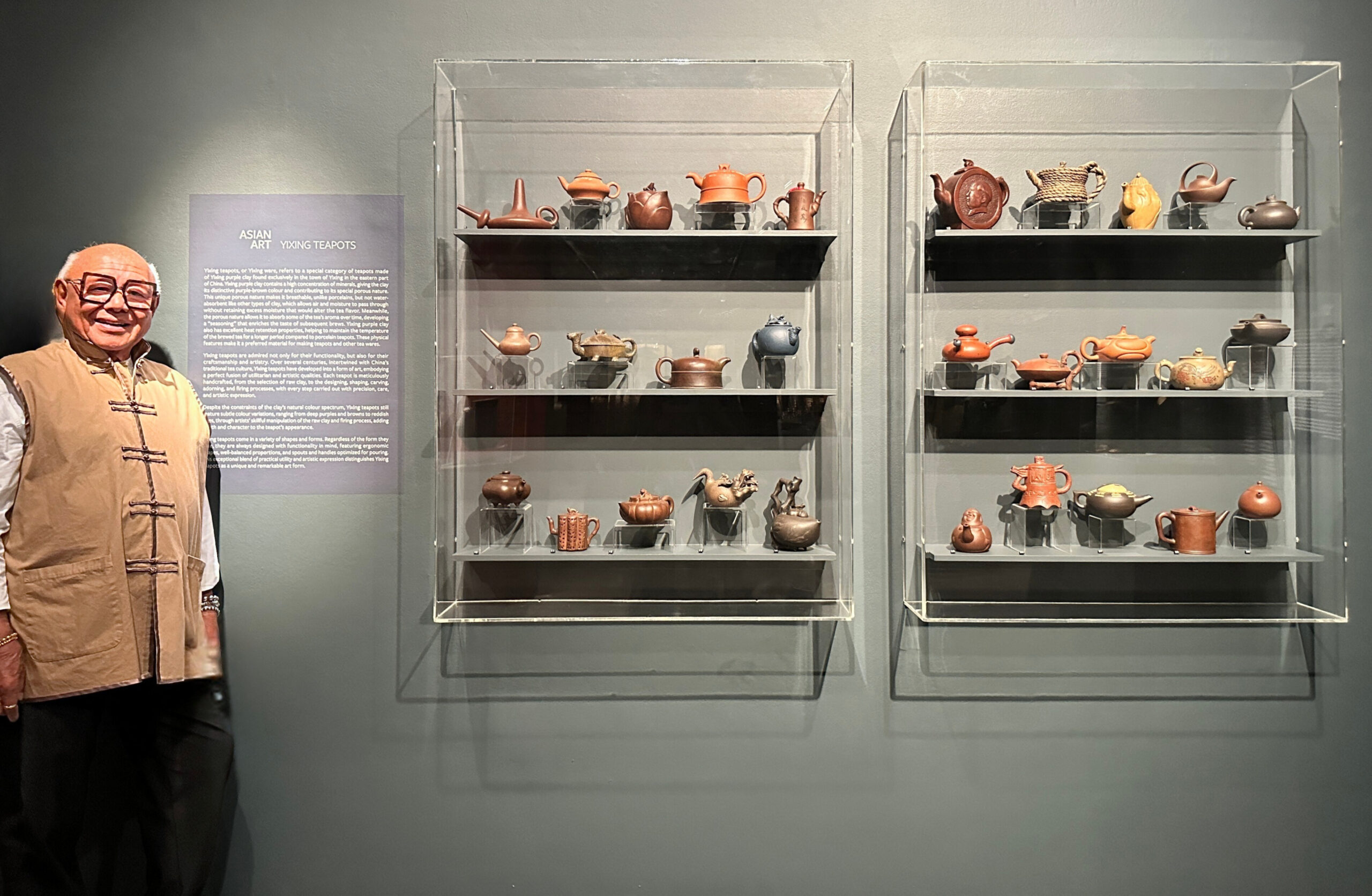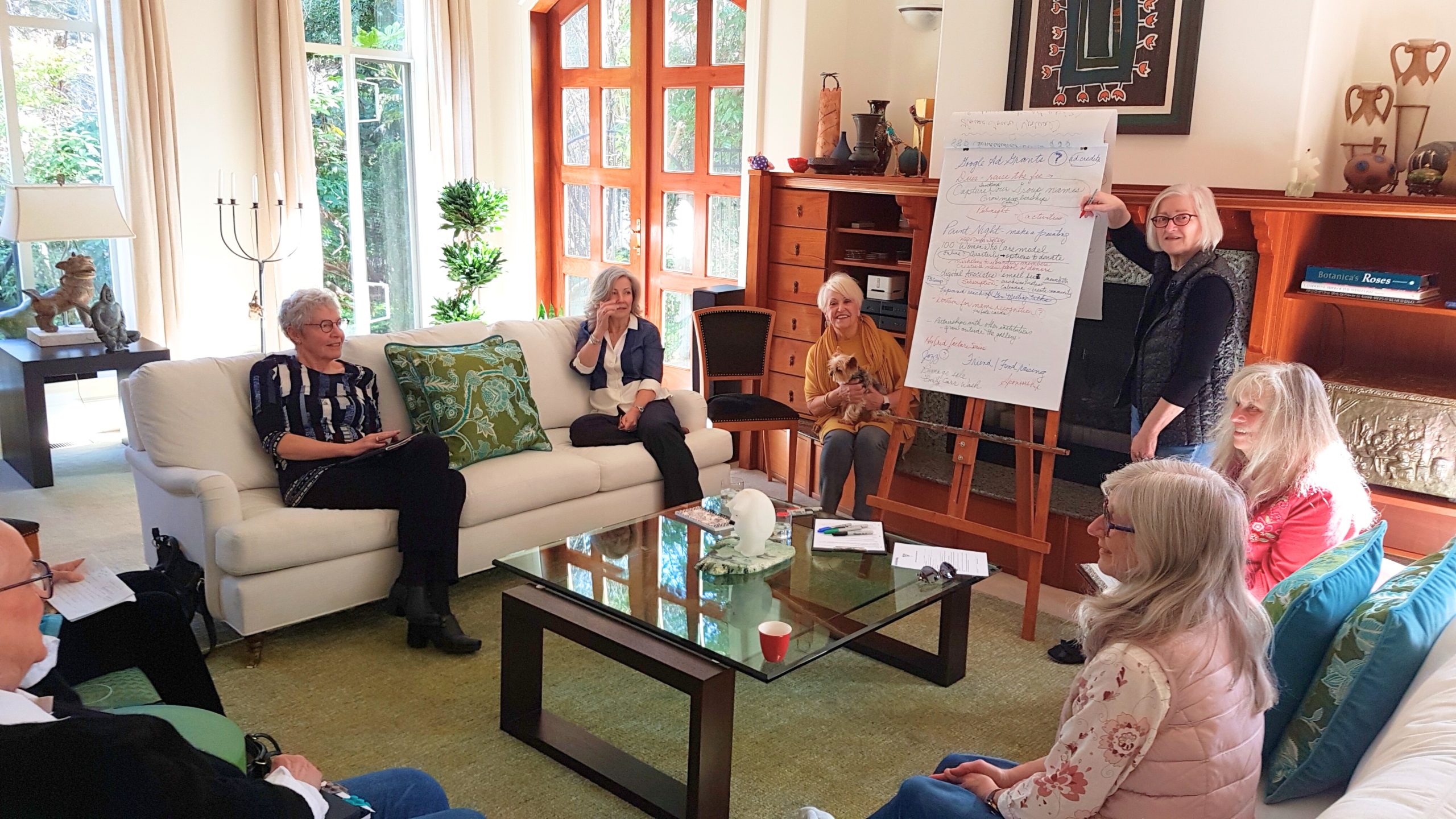Last year marked a significant milestone for the Art Gallery of Greater Victoria with the opening of the Roger Lee Gallery of Asian Art, a dedicated space for the ongoing presentation and interpretation of our Asian art collection. Named in honour of Roger Lee’s parents and grandparents, the Gallery recognizes his generous support as well as his enduring connection to Victoria’s Chinese Canadian community.
Heng Wu (HW): When did you first envision a dedicated space for Asian art at AGGV?
Roger Lee (RL): I started thinking about it 10 or 15 years ago, after one of my early visits to the Gallery. I realized you had a very strong collection of Asian art, but it wasn’t really being shown. Back then, there was little to no permanent installation at all. Over the years, I’d donated over 400 Yixing teapots to the Gallery—they are like my babies—and I wanted them to have a nice surrounding, something more lasting than a temporary display.
The idea of creating a dedicated space where the Asian collections could be more regularly on view, however, is something initiated by you, the Gallery. You recognized the potential and helped me see the potential and gave shape to it.
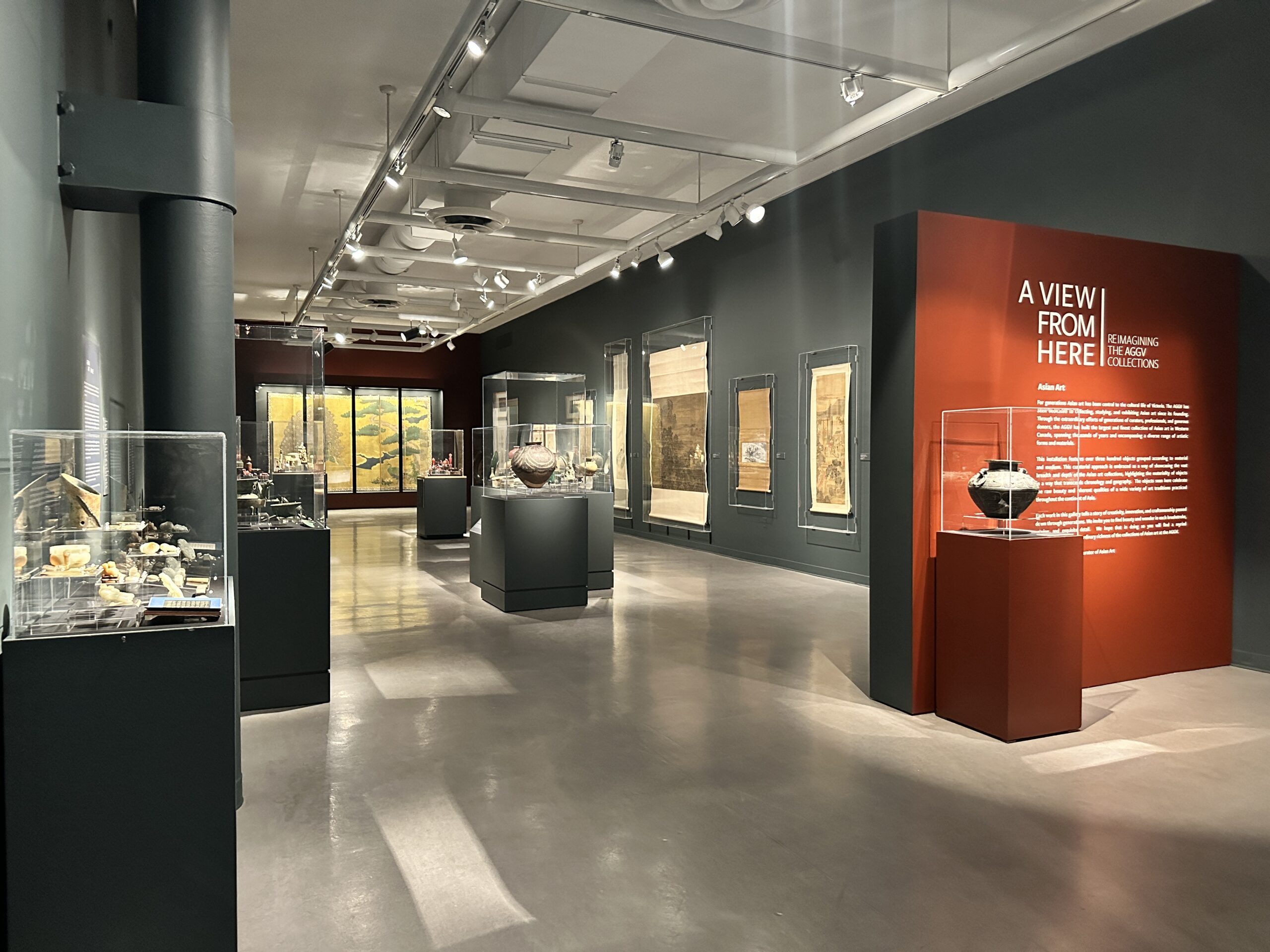
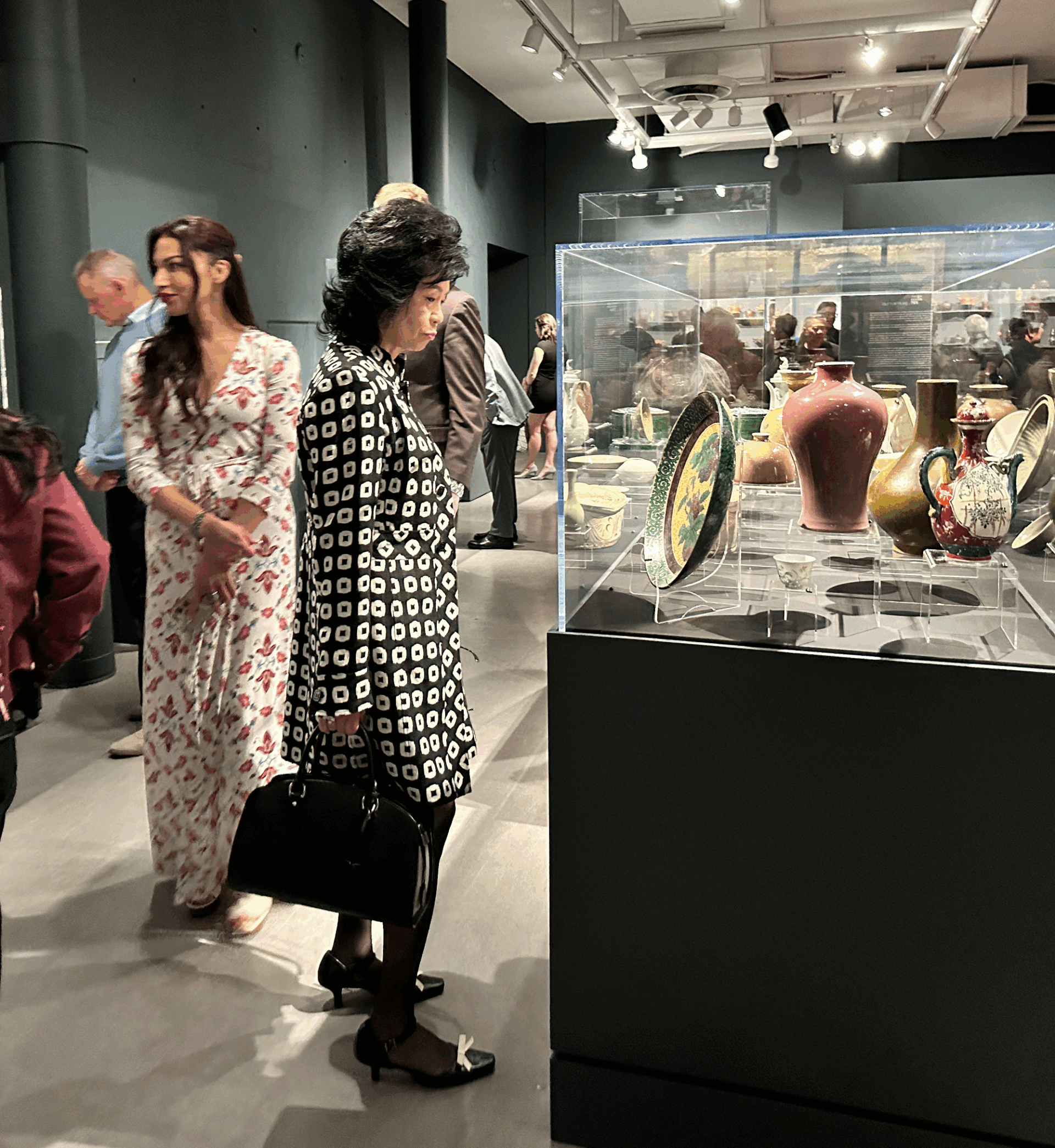
HW: Seeing the Gallery now in action, what has stood out to you the most?
RL: The breadth of the collection amazed me. I knew it was significant, but seeing it all together really showed how strong it is. I think dedicating a gallery to Asian art was a wise and necessary decision, especially here in Victoria. This city has a long history of Chinese immigration. The future Gallery, from what I’ve heard, will be just steps away from Chinatown, which will offer even greater resonance for the Gallery’s Asian collection.
On a personal level, naming the gallery was a way to honour my grandparents, who settled in Victoria in the 19th century, and my parents, who were born and raised here. They worked hard and made sacrifices so that my generation could grow up with a better life. This gallery is for them, too.
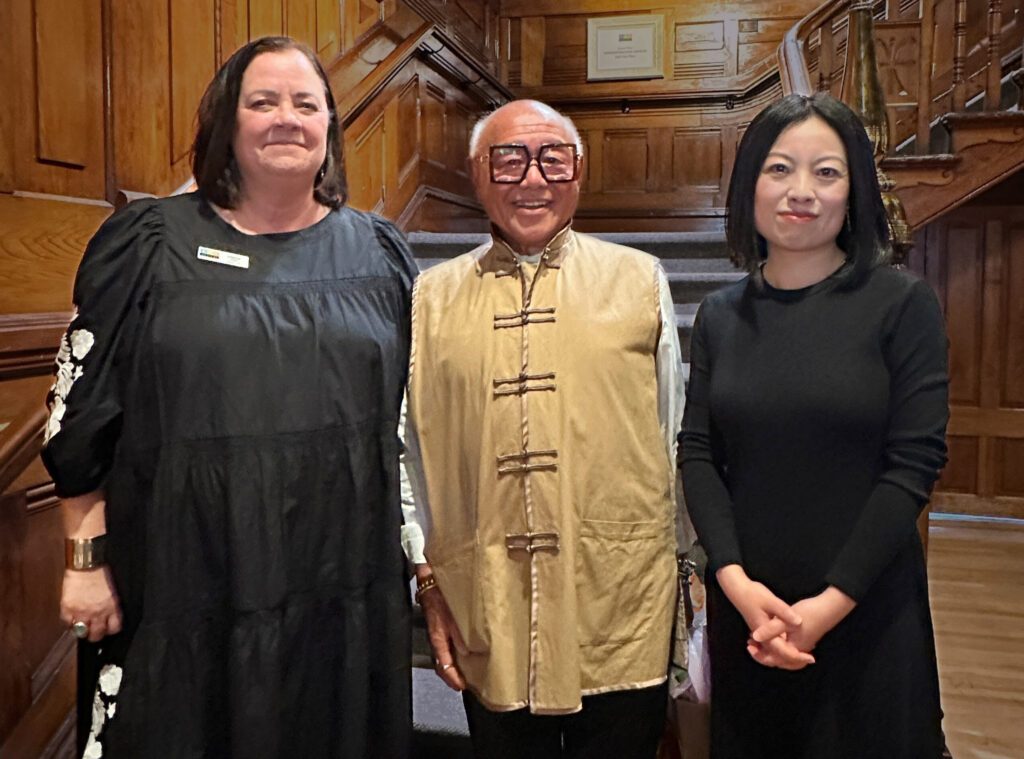
HW: What do you think institutions like AGGV can do to foster appreciation for Asian art? And what do you hope AGGV’s Roger Lee Gallery of Asian Art will contribute to future generations?
RL: First and foremost: a continuous presence. That’s what the Roger Lee Gallery of Asian Art offers—a dedicated space that signals an ongoing commitment. I remember speaking at a community consultation about the Gallery’s future, and many people didn’t realize we had one of the largest Asian art collections in Canada. Now they do, and more importantly, they can see it. Displaying historical works is especially meaningful. It provides context for contemporary conversations and helps people understand where cultures come from.
I hope it fosters deeper understanding, not just of Chinese culture or Asian culture, but of cultural difference more broadly. Asian art offers another way of seeing the world, and I hope it encourages viewers to become more cosmopolitan. Looking at historical art helps us understand contemporary identities too. It’s about building bridges.

HW: You’ve assembled an impressive collection of Yixing teapots over the years. How did it begin, and what led you to focus on Yixing ware in particular?
RL: It began in the 1980s. I had seen teapots on earlier visits to China, but I only started collecting seriously later on. Yixing teapots were perfect for my collecting: they were small, inexpensive, portable, and formally beautiful. I’m a formalist at heart—my Master’s thesis was on American painting—so their shapes really appealed to me.
Over time, I began noticing teapots that were unusual, shaped like cars, chairs, or animals. They reminded me of Pop Art. I started appreciating them not just as objects of beauty, but as social artifacts. Many were mass-produced and reflected class differences in China. At the time, I was teaching postmodern theory and art criticism, so I began applying those ideas to the teapots. They became a way to think about China, its history, its people, and its evolving culture. Yixing teapots were especially appealing. They’re deeply tied to Chinese traditions, but they also carry stories of everyday life.
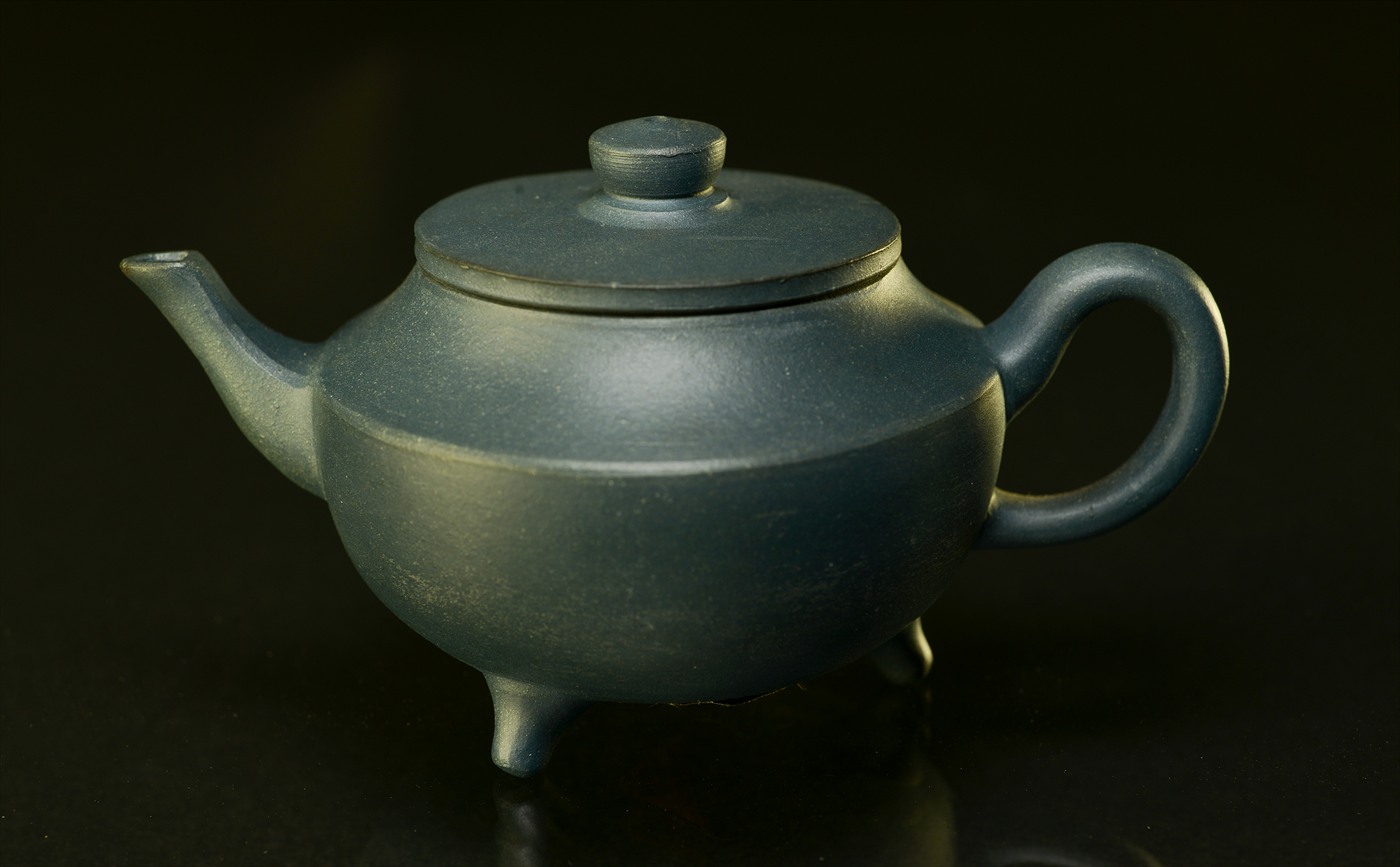
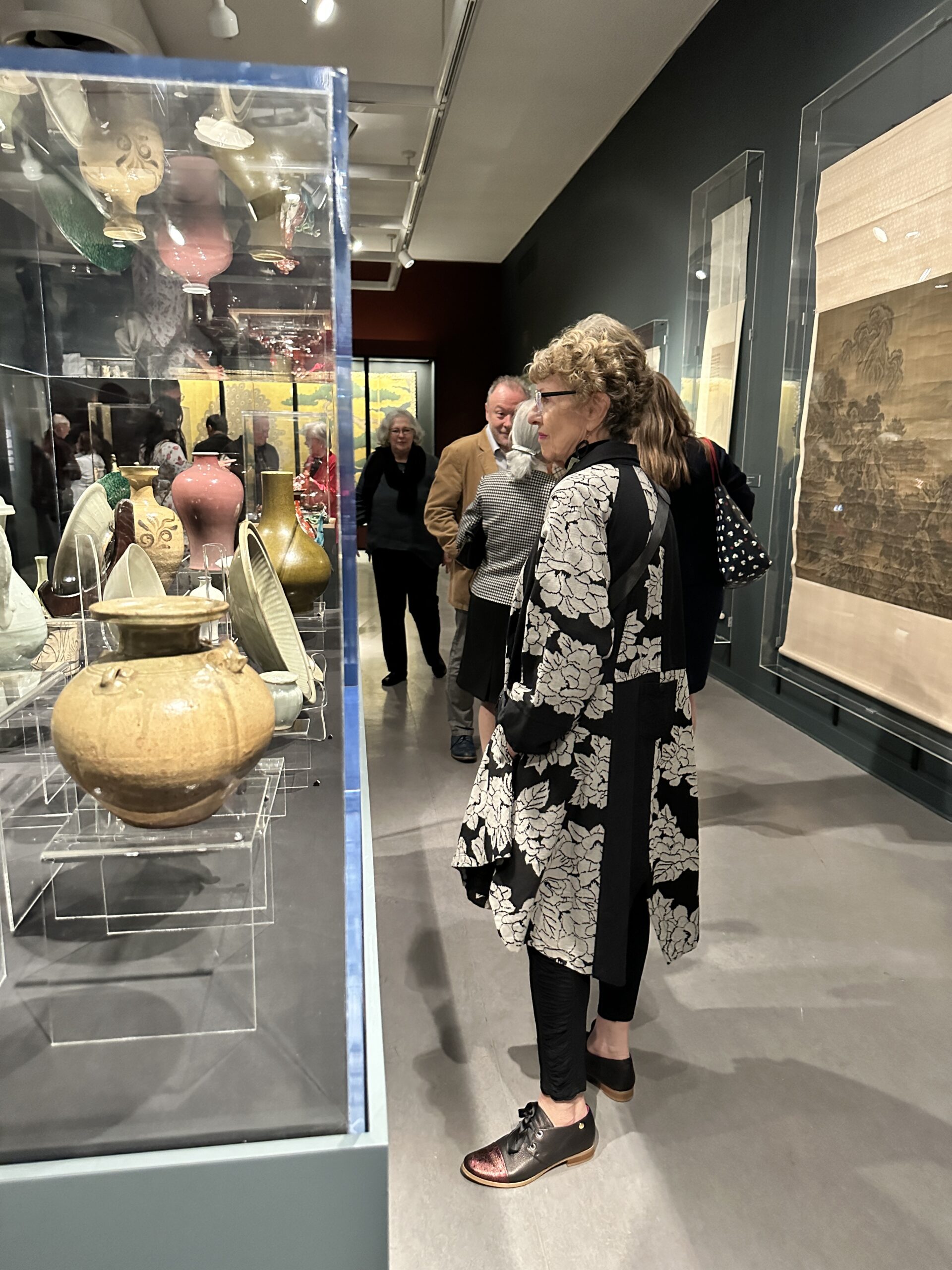
HW: Looking back on your journey, as an art historian, collector and the supporter of art, what has been most rewarding for you?
RL: As a young art historian, I was also an artist. I danced, performed, and even crocheted a cover for an art gallery. In doing those things, I was influenced by other people, but I still make them my own and felt I was making a significant statement in the world. But a life-changing moment came in 1975, when I traveled to China with my parents.
I grew up speaking Chinese at home, but once I started grade school, I mostly switched to English. In high school and university, I was a “yellow banana”: yellow on the outside, white on the inside. My parents found a tour to China and said, “Why don’t you come along?” I thought it would be fun, and I was curious to see real Chinese art in person. That trip changed everything. In Shanghai, I saw the bronzes at the Shanghai Museum and was absolutely dumbfounded by the richness and refinement of the collection. Then in Beijing, visiting the Forbidden City, the Palace Museum, I was again stuck by the historical depth of what I saw. Experiencing those collections helped me connect with my cultural heritage in a way I hadn’t before. It reaffirmed something in me.
Not long after, I began collecting Chinese art—Yixing teapots, fans, jades, silver pieces. I wasn’t drawn to the most expensive works, but to those that reflected different levels of society.
HW: Any final thoughts for our readers?
RL: I hope the Art Gallery continues to expand its Asian art programming. We have something unique here in Victoria, and I’d love to see it grow.
– Written by Dr. Heng Wu, AGGV Curator of Asian Art
You can view a selection of Roger Lee’s donated Yixing Teapots in the the Roger Lee Gallery of Asian Art as part of the exhibition, A View From Here: Reimagining the AGGV Collections.
LEARN MORE
Feature Image: Roger Lee with his Yixing teapots, on display in the Roger Lee Gallery of Asian Art. Courtesy of the AGGV.
